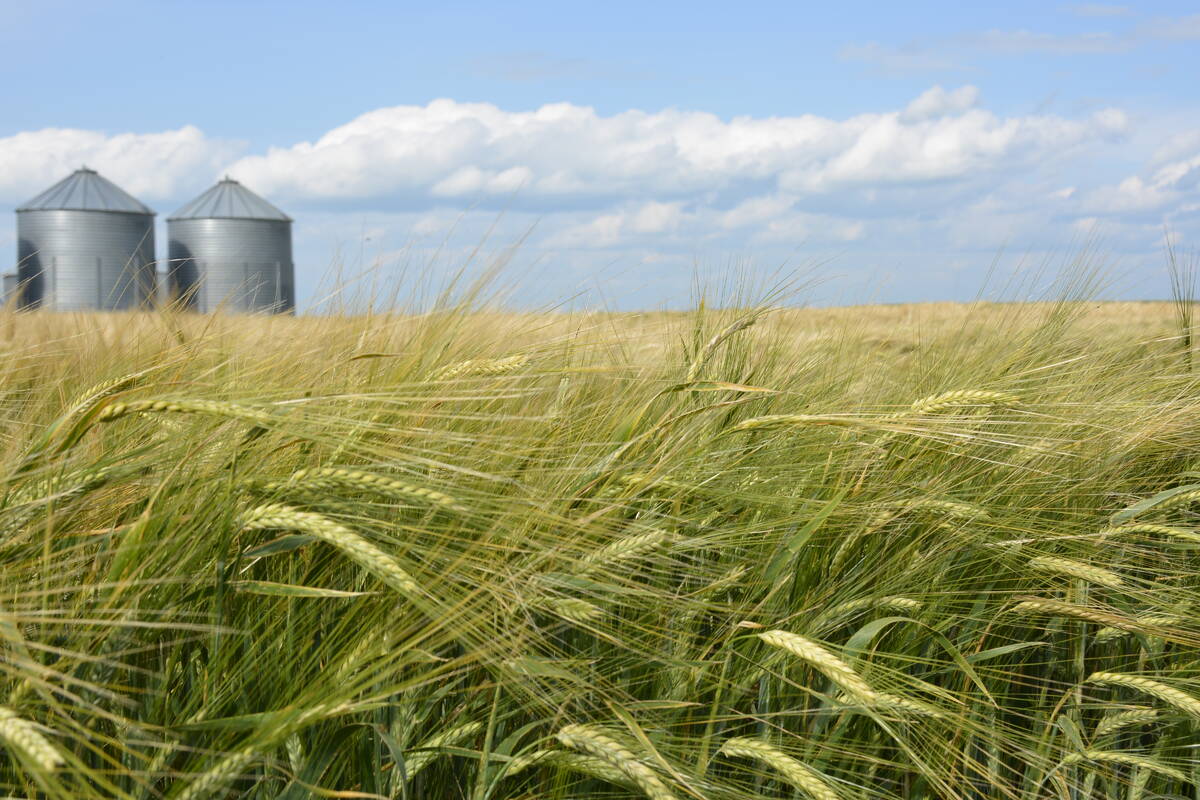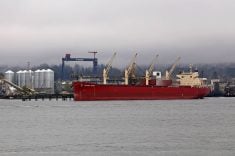Ottawa should become the Dristan Nasal Mist for the Port of Vancouver, says the government appointed monitor of prairie grain handling and transportation.
In a recently released report entitled Container Use in Western Canada, Quorum Corporation comes to the conclusion that the federal government needs to step in to help reduce heavy congestion at transload facilities at the west coast port.
“We would suggest that, in order to assist exporters who utilize port transloading operations, the government may wish to further examine the situation,” stated the report.
Read Also

StatCan stands by its model-based crop forecast
Statistics Canada’s model-based production estimates are under scrutiny, but agency says it is confident in the results.
“This may identify opportunities to facilitate better and more fluid process of moving traffic through these highly utilized and congested facilities.”
Vancouver is Canada’s largest container port, handling 2.2 million of the 4.3 million 20-foot-equivalent containers that moved through Vancouver, Montreal and Halifax in 2006. It is estimated that 57 percent of all of the outbound containers are transloaded at port.
The sheer volume of metal boxes being stuffed at the Port of Vancouver has created congestion that is constraining the movement of export commodities across Canada.
Mark Hemmes, president of Quorum, said the traffic jam is only going to get worse because shipping lines are moving to a business model where they will be doing more container loading at port position.
“The reason they want to do that is that when they ship containers inland, they lose them for weeks on end,” he said.
Shipping lines make more money handling high value imports than they do on the relatively low value Canadian exports, so there is little motivation for them to promote the movement of international containers into inland locations.
Greg Cherewyk, director of transportation with Pulse Canada, said he has received the same signals from shipping lines.
“They’re adopting more of a port-to-port strategy than a door-to-door strategy,” he said.
The pulse industry is a big user of containers. With shipping lines limiting the amount of source-loading that occurs, the industry will be forced to rely more heavily on transload facilities at the Port of Vancouver.
To that end, Pulse Canada supports Quorum’s recommendation that the government should take an active role in decreasing congestion at those facilities. But Cherewyk said the problem extends well beyond transloaders, and so should the solution.
“It has got to be in connection to the rail freight system that services those transloaders,” he said.
The Quorum report said margins in the container handling business are slim, which means balancing the flows of traffic through the export network is key. There is little or no tolerance for variability in volumes or unplanned disruptions caused by weather or strikes.
If the federal government wants to promote containerized shipments, it should start with addressing the problem at the Port of Vancouver. Hemmes said that doesn’t mean building more infrastructure; it’s more about identifying ways to increase throughput.
“The government has proven over time that they can play a real effective role as a facilitator,” he said.
Hemmes doesn’t believe the answer lies in moving the loading of containers back to the Prairies, where many of the commodities are grown and mined. He said there are inland terminals in Saskatchewan that are already underutilized.
“Right now spending a lot of capital inland to duplicate capacity that is already there doesn’t make sense,” he said.

















